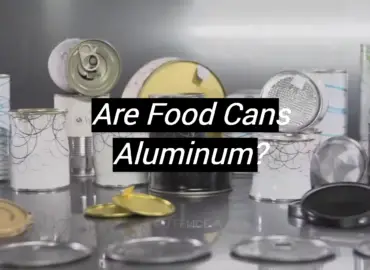Do you ever stop to think about where your everyday objects come from? Most of us are familiar with the idea that aluminum is a commonly used material in many products, but what’s less known is its origin.
Have you ever asked yourself “Where does aluminum come from?” Aluminum is derived from natural sources within the Earth, and it takes a complex workflow process to get it transformed into usable materials for commercial products. In this blog post, we explore the journey of an aluminum atom as it moves through various processes before becoming something functional and useful to humans. Read on to learn all about how starting with mining raw bauxite ore transforms into finished pieces like cans or airplanes! Let’s start!
What is Aluminum?
Aluminum is a common, silver-colored metal. It is present in numerous everyday items. It has been used since ancient times for tools, utensils, decorations, and other items. Because of its properties, it is also used extensively today in aircraft and automotive components as well as construction materials. [1]
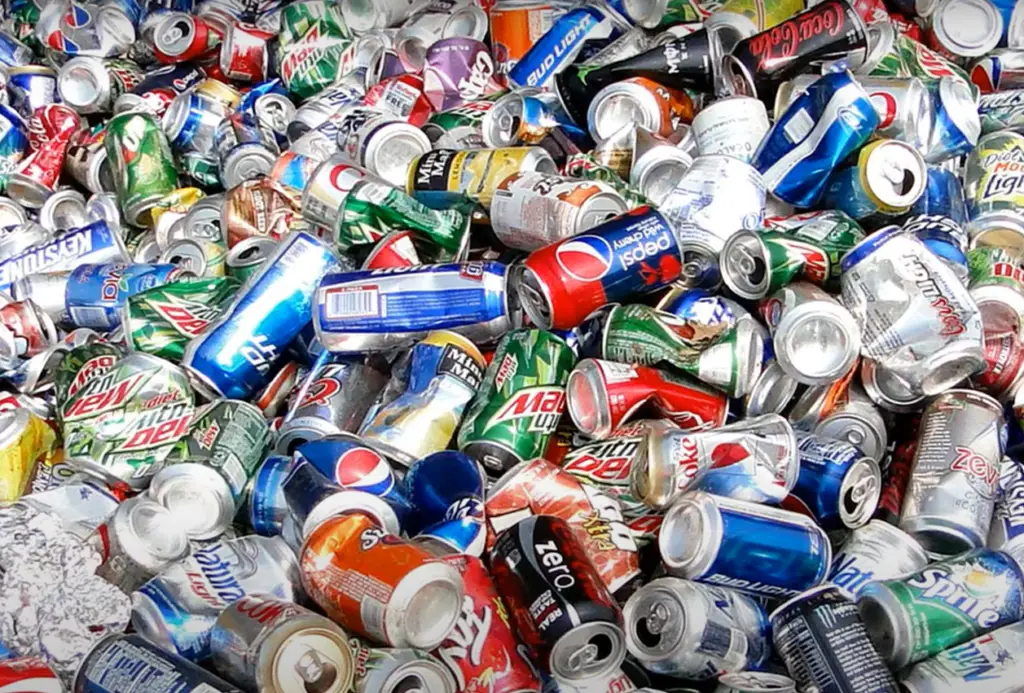
Aluminum is quite reactive and does not occur as a pure element in nature. The majority of aluminum that is produced worldwide comes from bauxite ore. Bauxite ore is a clay-like material made up of several different minerals including aluminum hydroxide, iron oxide and titanium dioxide. This mineral mixture must go through a process called “bayerization” which extracts the aluminum hydroxide from the rest of the ore.
Types of Aluminum
Aluminum is found in a number of forms, ranging from aluminum alloys and compounds to pure aluminum metal. The most commonly used form of aluminum is aluminum alloy, which is an alloy made up of elements such as iron, silicon, copper, magnesium and zinc.
Aluminum compounds are also widely available in manufacturing for various applications. Examples include alumina (aluminum oxide), bauxite (aluminum hydroxide) and cryolite (sodium aluminum fluoride).
Pure or unalloyed aluminum can be found naturally in the Earth’s crust but it is not typically used commercially because it has low strength and ductility. To meet specific requirements for industrial use, a variety of different grades and types of aluminum are available. These include wrought alloys, cast alloys, extruded shapes, and sheet and plate products.
The most commonly used grades of aluminum are the 1000-series (99% pure aluminum), 2000-series (98% pure aluminum) and 5000-series (95% pure aluminum):
- 1000-series are usually used in applications where high corrosion resistance is required, such as aluminum foil and containers;
- 2000-series are often used for structural applications, such as castings and extrusions;
- 5000-series are commonly used in aerospace and automotive components due to their higher strength and fatigue properties. [2]
Powdered aluminum finds significant use in 3D printing. Aluminum covers a broad spectrum of applications across many industries due to its excellent properties which include light weight, good electrical conductivity, corrosion resistance and low cost. Some examples include aerospace components, automotive parts, construction materials, cookware, electrical equipment and packaging materials.
Key Reasons to Apply Aluminum
Aluminum is a popular metal for many applications because of its light weight and strength. The versatility of material makes it an excellent option for various industries, including transportation and construction. It can be formed into shapes that are strong yet lightweight, providing excellent functionality and durability at a relatively low cost.
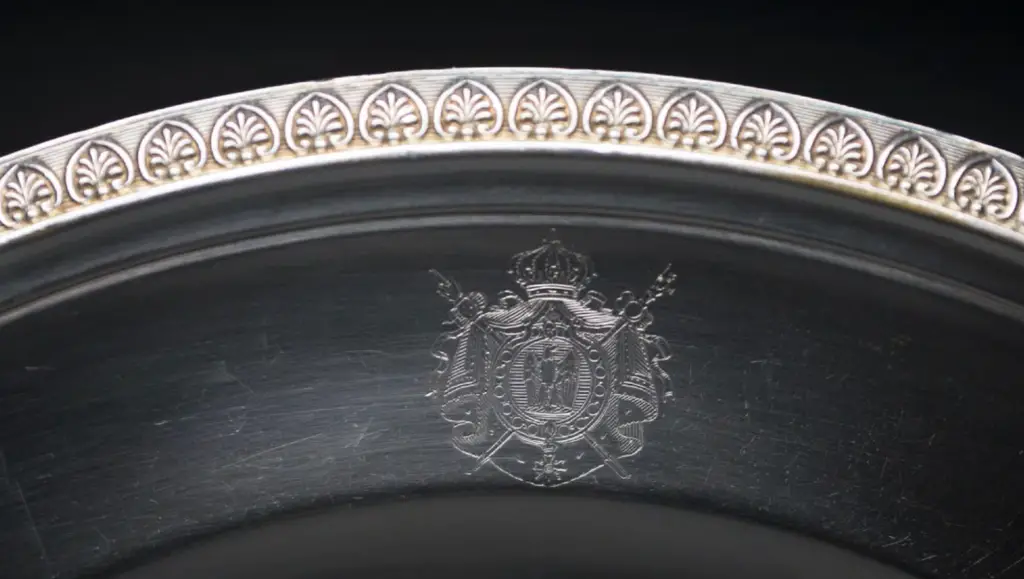
Aluminum is resistant to corrosion even in harsh environments, which makes it a good choice for outdoor applications like signage and fencing. In addition, it can be recycled easily and readily available in many forms such as sheet metal, castings, extrusions and more.
Its availability provides manufacturers with the option to reduce costs while maintaining product quality.
Aluminum is non-magnetic. Thus, it can be used in electrical applications, such as wiring and cabling. In addition, aluminum has a high thermal conductivity which makes it ideal for heat-dissipating electronics components, as well as other cooling systems.
Aluminum is a good electrical conductor, making it a perfect choice for overhead power lines, wire connectors, and other conductive applications where copper may not suffice. Aluminum’s durability means it can take a lot of abuse before needing repairs or replacement. This makes it a great choice for construction projects where the structures will need to last for many years without needing frequent repairs or maintenance.
Aluminum can be formed into almost any shape or size, allowing it to easily adapt to any project requirement without requiring significant changes or additional costs. This makes aluminum an incredibly versatile and customizable metal alloy, perfect for use in both small and large scale projects alike. Aluminum’s unique properties have made it one of the most popular metals in modern day manufacturing and engineering projects.
Without aluminum it is impossible to imagine the production of transport. The aerospace industry prefers aluminum for its relative lightness, as weight reduction is crucial for airplanes and spacecraft. For the same reason, aluminum is also extensively employed in the automotive industry. It has helped to reduce the weight of cars and trucks and thus improve fuel efficiency. So, as long as aluminum keeps automotive parts very light, we can travel long distances, take to the skies, and sail across seas and oceans. [3]
How Aluminum is Produced?
Now let’s look at the main stages of aluminum mining and production:
Searching for Aluminum Ore
Aluminum ore, or bauxite, is located near the Earth’s surface and is abundant in many countries around the world. The first step in mining for aluminum is to locate a resource of the material.
It is due to the fact that bauxite is formed by weathering of aluminum-rich rocks. It can also be found in dryer climates, but it is more difficult to extract. The reason is that dryer areas are more likely to experience lower levels of precipitation, which leaches aluminum out of the soil.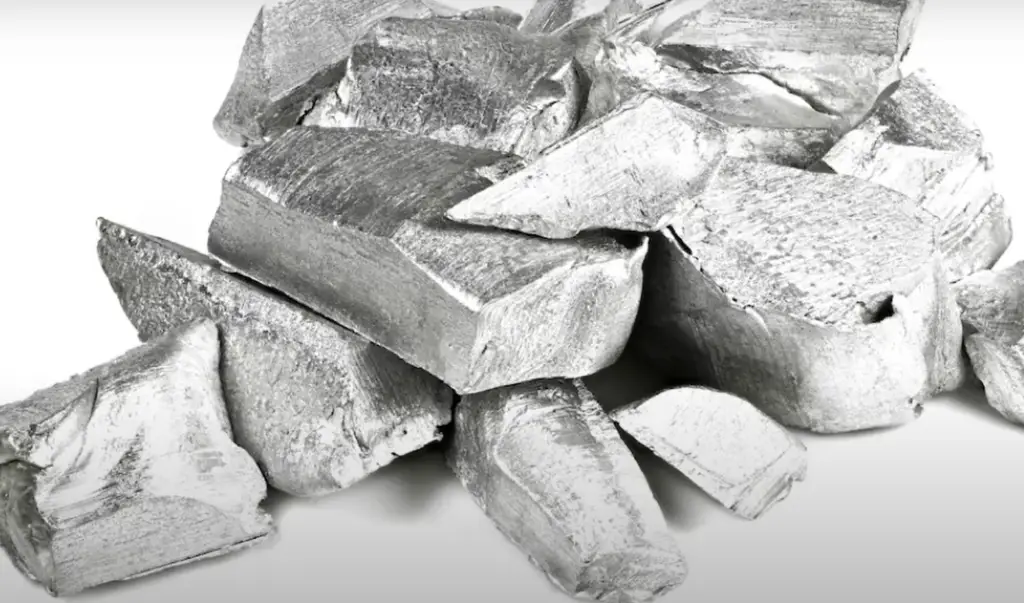
Geological surveys are conducted to assess the location and size of an ore deposit. The survey will identify layers of rock that contain bauxite, and determine their depth. After a potential resource has been identified, drilling is used to ensure there is enough ore present to make mining economically feasible.
Aluminum Mining
After a potential bauxite ore deposit is located, miners generally use explosives or mechanical digging equipment to extract the material from the ground. The ore is then transported to a processing plant where it is crushed into smaller pieces and cleaned with water before being loaded onto trucks or trains for transport.
Bauxite Processing
The Bayer process was invented and implemented in 1888 by Austrian chemist Karl Josef Bayer for the production of alumina, or aluminum oxide. Heating bauxite in a pressure vessel, Bayer was able to remove the moisture and extract alumina from the ore. This process is still used today for large-scale production of aluminum oxide. Later, electrolysis processes were developed that could be used to separate out pure aluminum metal from the alumina.
In an effort to reduce energy consumption during processing, newer methods have been developed that use lower temperatures and pressures than those required by the traditional Bayer process. These include autoclaving (which uses steam under high pressure) as well as sintering (which uses heated air). Both of these processes have helped reduce energy consumption while still producing high quality alumina. The processed alumina product is transported to aluminum smelters.
But let’s look in detail at the key steps of the Bayer process. So, it involves four main steps: digestion, clarification, precipitation, and calcination.
Digestion means breaking up the bauxite ore into a fine powder. This is done using caustic soda and hot water in large pressure vessels called digesters or autoclaves. This mixture breaks down the alumina contained in the ore. The process takes several hours and produces a thick paste.
Next, the clarification step is done by adding flocculants to help settle out the impurities from the alumina solution that was produced in the digestion step. In this stage, particles that are insoluble in sodium hydroxide solution settle to the bottom of the digestion vessel while the rest of the liquid flows to another tank.
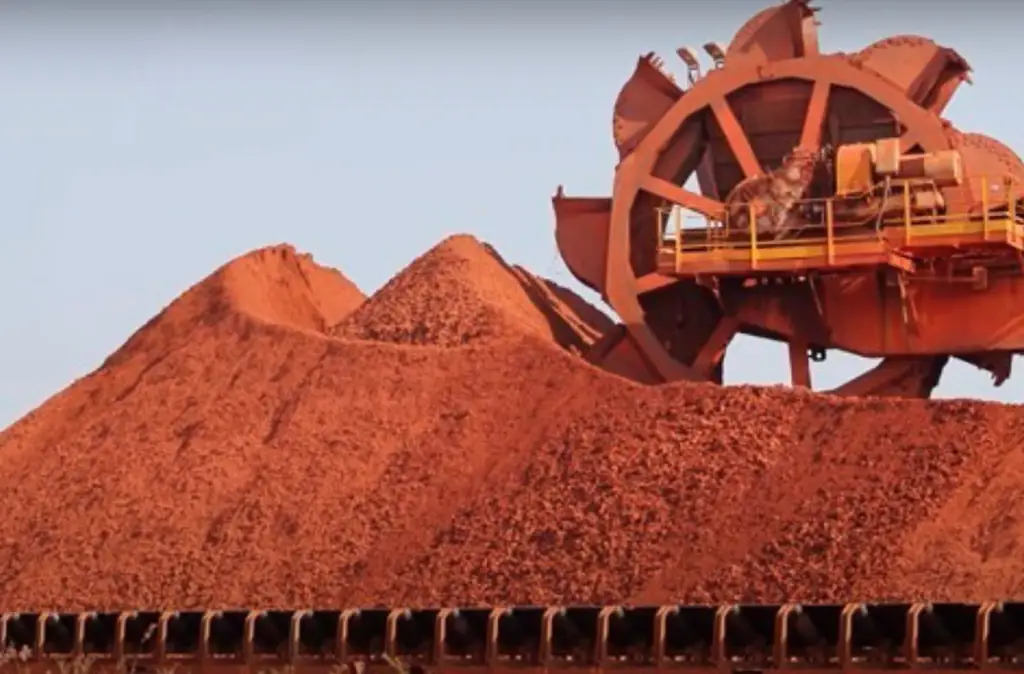
The third stage of the process is precipitation which involves heating and cooling certain chemicals so that aluminum hydroxide (Al(OH)3) precipitates out of the liquor. This forms what is known as “alumina mud”, which contains over 90% alumina.
Finally, calcination takes place in large kilns at high temperatures (typically around 1000-1300° C). This helps remove any moisture content and converts the alumina mud into pure, dry alumina powder. This powder can then be melted in electric arc furnaces and cast into molds of various sizes to produce aluminum ingots. [4]
Smelting of Aluminum
In order to turn aluminum into a usable metal, it must be melted and refined. This process is called smelting. In the smelting process, alumina powder is combined with fluxes such as lime and fluorspar which help separate impurities from the molten metal. The molten mixture is then poured into molds to create ingots or “pigs” of aluminum that can then be used in various applications. Aluminum can also be further processed into different shapes (like sheets, bars, and tubes) by extrusion and other methods.
The recycling process takes less energy than producing new aluminum and helps reduce emissions of greenhouse gasses. [5]Top 7 Countries Producing Aluminum
Aluminum is highly recyclable, making it an ideal choice for sustainable manufacturing processes and products. The demand for aluminum is ever-growing, leading to significant production of the metal around the world. Here are seven countries leading the way in aluminum production:
China
The list is topped by China, producing more than half of all global aluminum output, with over 40 million MT produced each year.
The reason for this is that the country is home to some of the world’s top aluminum smelters, as well as a strong domestic aluminum industry.Over the past decade, China has demonstrated phenomenal economic growth, including becoming the world’s largest producer and consumer of aluminum. Today, China accounts for half of the world’s total aluminum production and consumption, and no other country can come close to China in this regard. At the same time, China covers all its needs for primary metal exclusively with its own production, which largely exists thanks to protectionism. At the same time, China is actively increasing its exports of semi-finished aluminum products, competing with Western companies on the global market.
India
India represents another country that has been growing steadily in aluminum production over the past few years. India’s production has grown to 3.7 million MT in 2019. In 2021, its capacity amounted to 3.97 million MT. This growth is being driven by investments into the country’s primary aluminum sector, as well as increased demand for finished aluminum products across the world.
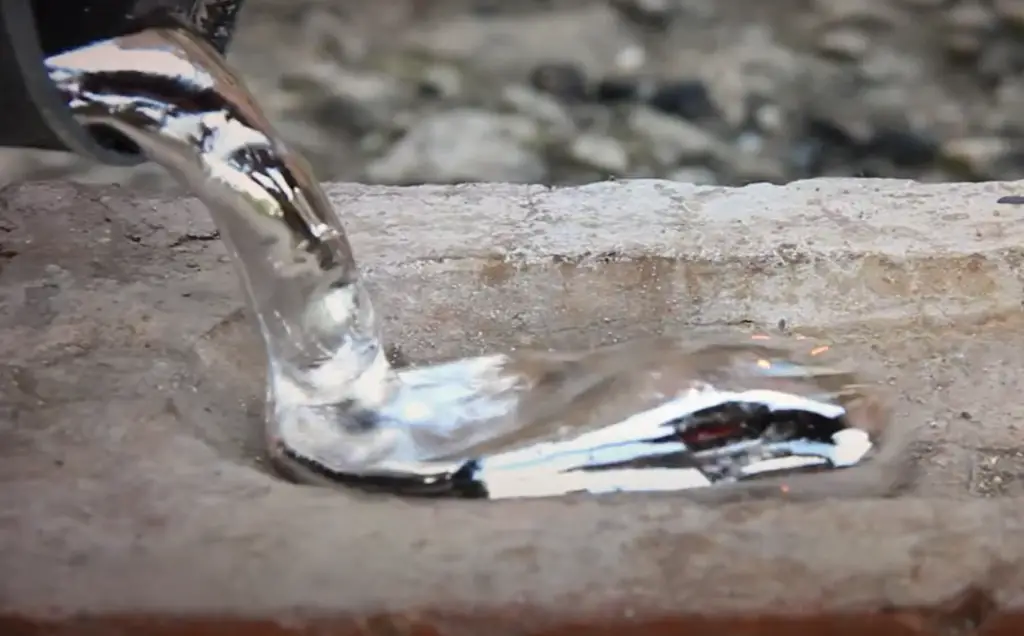
In India there is a strong relationship between aluminum production and power resources, since India has the largest coal reserves in the world. As a result, there are many large scale industries in the country that use aluminum for various applications. Furthermore, India is also investing heavily into renewable fuels such as solar energy to fuel its aluminum industry growth.
Canada
Canada ranks third on this list with nearly 3 million MT produced every year. With major aluminum smelters located in British Columbia, Quebec, and New Brunswick, the country is well-positioned to be one of the world’s largest producers. Canada also has access to large bauxite reserves which it can use for primary aluminum production.
Canada has a powerful non-ferrous metallurgy industry. In addition to aluminum, the country produces zinc, nickel, lead and other metals. Canada’s aluminum industry also benefits from its proximity to the United States, which is a major consuming market for both primary and secondary aluminum products.
United Arab Emirates
The UAE produces nearly 2.7 million MT of aluminum every year. The opening of the aluminum smelter in Jebel Ali in 1979 launched the industrial development of the Emirate of Dubai.
In 1982, this plant produced 135 thousand tons of aluminum annually, and after the reconstruction of the plant in 1991, it produced 290 thousand tons per year.
The country is home to some of the world’s largest aluminum smelting facilities, making it a significant player in the global market. The UAE also has access to an extensive energy resource from natural gas that powers its aluminum industry. This allows the country to produce a large volume of primary aluminum and export it around the world. Aside from aluminum production, however, the UAE is also a major player in oil production and refining.
Australia
Australia’s aluminum production stands at just over 1 million MT annually. Australia ranks 2nd in the world in bauxite and uranium exports and 3rd in gold and aluminum exports.
The country has some of the world’s largest bauxite and alumina reserves, making it a major producer in the global market. Australia is also home to several large-scale aluminum smelters which are capable of producing high purity primary aluminum ingots. These facilities are powered by reliable sources of energy such as hydroelectricity, coal, and natural gas. Notably, Australia is also one of the few countries in the world that produces secondary aluminum from recycled scrap metal.
Norway
This country produces just over 1.2 million MT of aluminum each year. Norway has access to abundant natural resources for producing primary aluminum. It is home to Europe’s largest hydroelectric power station, and it also has access to other renewable energy sources such as wind and solar power.
Norway exports significant amounts of aluminum products, both primary and secondary. Its main export destination is the European Union (EU).
United States
The US is home to roughly 1 million MT of annual aluminum production, with most of it being manufactured domestically from scrap metal. The US also imports a significant amount of primary aluminum from countries like Canada, Mexico, and Brazil. In recent years, there has been an increased focus on sustainability within the industry in the US. It is clear that companies have made significant investments in renewable energy. Aluminum is a crucial resource for the global economy and its value is expected to increase in the future.
The US aluminum industry consists of production primary producers which are integrated with mining, refining, smelting, processes and fabricating operations. It also includes secondary manufacturers who use recycled scrap metal to produce new aluminum products. [6]
So, while the leading aluminum producing countries like China, India, and Canada are of great importance in this sector, other nations such as the US, Australia, UAE and Norway still play a significant role in its production. Each of these countries has unique advantages that make them competitive on the global market. As a result, it is clear that aluminum is a crucial resource for the global economy and will only become more valuable as time goes on.
FAQs
Is aluminum natural or man made?
Aluminum is both natural and man-made. It can be found in nature as an element, but it must go through a process of extraction to make it usable.
Where does aluminum come from naturally?
Aluminum naturally occurs in the form of an ore called bauxite. It is usually found near the surface of the earth and must be mined before it can be processed into usable forms.
Which country produces the most aluminum?
China is the country that produces the most aluminum. This is because the area has a lot of bauxite, which is used to make aluminum.
What is the raw source of aluminum?
The raw source of aluminum is bauxite, which is a sedimentary rock composed primarily of aluminum hydroxide minerals.
Useful Video: Aluminum: Where It Comes From – Mining, Minerals, Geology and Ore Deposits – How we make it
Bottom Line
Aluminum mining is an incredibly important aspect of the global industrial market, and the production process and benefits are both unique and varied. By understanding how aluminum is sourced, processed, and utilized, we can appreciate it even more. Counties such as China, Canada, Australia, and India are leading the way in mining production around the world. The refinement process for aluminum extraction is also highly specialized and requires expert knowledge to be able to utilize it correctly.
We hope that our post was important and now you know more about mining such an important and indispensable material!
References:
- https://studentlesson.com/common-types-of-metals-and-their-properties/
- https://www.jaxmfg.com/blog/how-to-choose-the-correct-aluminum-alloy
- https://www.thyssenkrupp-materials.co.uk/advantages-of-aluminium.html
- https://www.britannica.com/technology/aluminum-processing/Ores
- https://elements.visualcapitalist.com/how-is-aluminum-made/
- https://investingnews.com/daily/resource-investing/industrial-metals-investing/aluminum-investing/aluminum-producing-countries/






